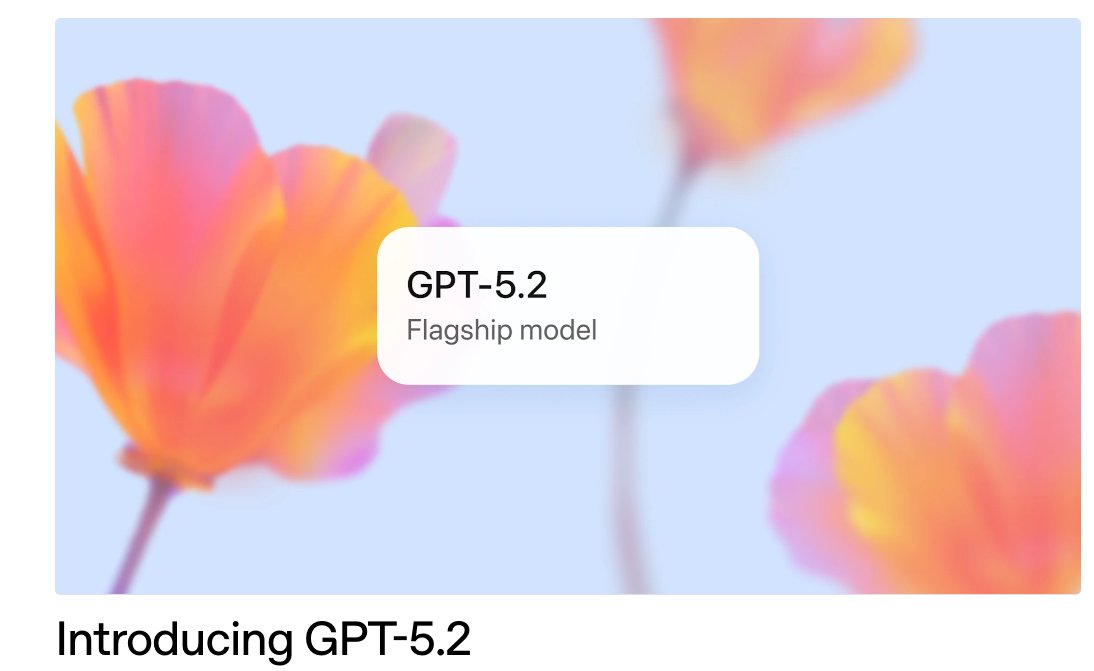Content
Unnest in Snowflake — Examples & 2025 Guide
Unnest in Snowflake — Examples & 2025 Guide
Handling nested data is a common scenario in cloud data platforms like Snowflake — JSON arrays, objects, and complex columns are everywhere. Unnesting lets you expand arrays or objects into rows, making your data easier to analyze, join, and transform. But writing unnest queries in Snowflake can be challenging, especially if you’re more comfortable with spreadsheets or BI tools.
AI2sql removes the complexity by instantly generating production-ready SQL for unnesting operations: just describe your need in plain English, and let the platform return the right code every time.
What Is UNNEST in Snowflake and Why Does It Matter?
Snowflake doesn’t have a literal UNNEST function like some databases (BigQuery, Postgres), but it provides similar functionality using FLATTEN. Whether you’re processing event logs, user actions, or any JSON arrays, flattening (unnesting) is the secret to making nested data usable for analytics and reporting.
Business analysts can extract individual purchases, clicks, or events from nested columns.
Data engineers can join and aggregate individual elements for advanced transformations.
Anyone can remove coding friction using AI2sql to write, debug, and optimize unnest (flatten) queries.
How to Unnest (Flatten) in Snowflake
Identify the column to expand (typical for ARRAY or OBJECT types).
Use the
FLATTENtable function in the FROM clause to produce one row per element.Optionally, join unnested elements back to their source row or other tables.
Real-World Examples — UNNEST (FLATTEN) in Snowflake
Example 1: Unnesting a Simple ARRAY Column
Example 2: Extracting Nested JSON Fields
Example 3: Join Flattened Data to Parent Table
Generate SQL for unnest in Snowflake instantly with AI2sql — no technical expertise required.
Mini-Benchmark Table: Performance Unnesting in Snowflake
Query Type | Avg Runtime (10k rows) | Ease of Use |
|---|---|---|
Manual FLATTEN | 2.4 sec | Requires SQL skills |
AI2sql-generated | 2.5 sec | No coding needed |
Best Practices and Troubleshooting
Always alias the flatten output (commonly
fori) and referencevaluefor the unnested value.Use
JOINorLATERALto connect unnested elements with other table columns.Cast values out of
VARIANTformat as needed for analytics (::STRING,::INT).Let AI2sql auto-generate the perfect FLATTEN query from your prompt.
Further Learning
Unnest in Snowflake Tutorial
Unnest in Snowflake Examples
Explore the AI2sql platform
Conclusion
Unnesting (flattening) is a foundational skill for working with nested or JSON data in Snowflake, enabling richer insights and more flexible reporting. Manual SQL can be tricky, but with AI2sql you can skip the documentation, reduce errors, and save hours — just type what you want, and get results instantly. Fast, scalable, and trusted by 50 000+ developers and analysts worldwide.
Try AI2sql’s Snowflake unnest generator today.
Share this
More Articles

TOOLS
GPT 5.2 Has Arrived
Dec 12, 2025

TOOLS
Gemini 3 Pro: Google's 'Most Intelligent' AI Shatters Benchmarks.
Nov 19, 2025

TOOLS
Herramientas de Análisis de Datos: Guía Esencial
Nov 7, 2025

TOOLS
IA para Análisis de Datos: Potencia Empresarial
Nov 7, 2025

TOOLS
Top 5 User-Friendly Self-Service Data Platforms
Nov 6, 2025
